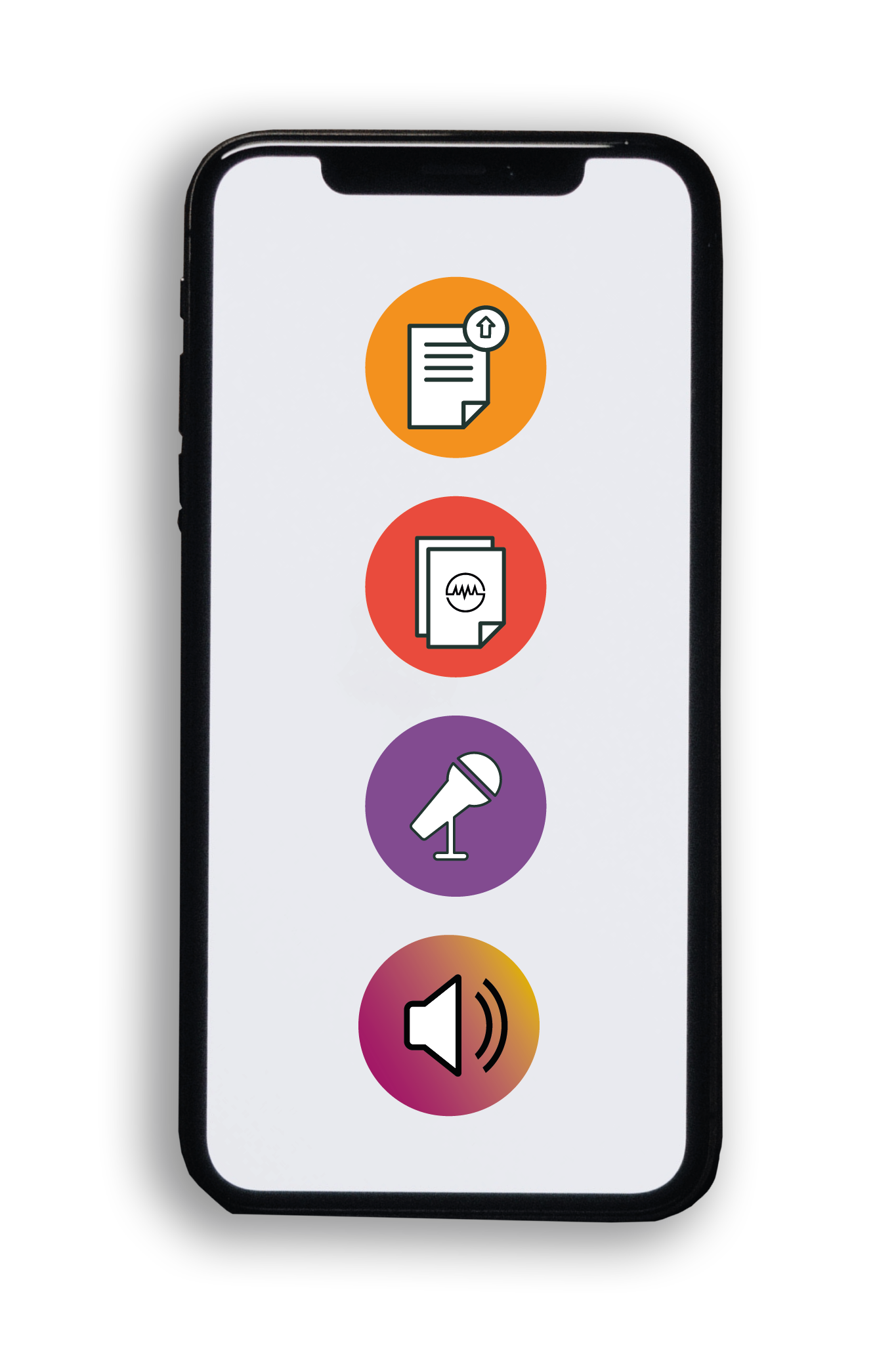How Soundtracks Shape What We See | Dr. Alessandro Ansani
Original Article Reference
This SciPod is a summary of the paper ‘How Soundtracks Shape What We See: Analyzing the Influence of Music on Visual Scenes Through Self-Assessment, Eye Tracking, and Pupillometry’ from the open access journal, Frontiers in Psychology. https://doi.org/10.3389/fpsyg.2020.02242.
About this episode
Music has the power to influence how we interpret the world around us. Dr. Alessandro Ansani from the Department of Psychology at Sapienza University of Rome believes this interpretation is multidimensional and involves several interconnected cognitive factors and mechanisms. He has recently demonstrated the significant impact that background music can have on our interpretation of a simple movie scene, by manipulating the soundtrack.
This work is licensed under a Creative Commons Attribution 4.0 International License. 
What does this mean?
Share: You can copy and redistribute the material in any medium or format
Adapt: You can change, and build upon the material for any purpose, even commercially.
Credit: You must give appropriate credit, provide a link to the license, and indicate if changes were made.
More episodes
Professor Michael Saward | How Art Exhibitions Offer New Ways to Understand Political Ideas
Professor Michael Saward from the University of Warwick examines how Tate Liverpool’s Democracies exhibition used curatorial methods to explore democracy in ways that fundamentally differ from traditional academic approaches. By analyzing several artworks displayed between 2020 and 2023, and how the exhibition was presented by the gallery, Saward reveals how art galleries can generate knowledge, challenging democratic theorists to reconsider their methodologies and pay greater attention to embodiment, visceral experiences, and situated actions.
Professor Chandra Waring | The Myth of the “Post-Racial” Family: What Multiracial Families Reveal About Race in America
In the United States, families that cross racial lines often attract admiration and curiosity. Such families are increasingly common, and they are seen by many as living proof that love conquers prejudice, and that the country is moving beyond its painful racial past. When a white mother cradles her brown-skinned baby, or a Black father teaches his lighter-skinned daughter to ride a bike, the image seems to embody progress and racial harmony. But as Professor Chandra Waring of the University of Massachusetts Lowell shows in her 2025 study, the story is far more complicated. Her article, titled “My Dad Is Racist as Hell: Navigating Racism, Monoracism, and White Privilege by Proxy in Multiracial Families,” reveals what really happens inside many multiracial households. Through interviews with 30 multiracial Americans, Waring reveals that love does not necessarily cancel racism. In fact, racism, and its quieter cousin, monoracism, often lives right inside these families.
Penelope J. Corfield | Time-Space: Exploring How Humans Navigate Cosmic Existence
Penelope J. Corfield’s groundbreaking book, entitled Time-Space: We Are All in It Together, presents a multidimensional framework for understanding how humans exist within the cosmic continuum of time and space. Corfield agrees with the modern scientific consensus post-Einstein, where time is understood not as a separate dimension but as being integrally yoked with space. Together, time and space form one dynamic system, which shapes all of existence. But Corfield argues that the continuum should properly be named time-space rather than spacetime, because time is the dynamo and space is its physical manifestation. The book then explores how this great time-space continuum frames the entire cosmos, including all human existence and our collective journey through history.
Professor Dr Susanne Maria Maurer | How Social Work Functions as Living Memory of Society’s Deepest Conflicts
Research from Professor Dr Susanne Maria Maurer, former chair of social pedagogy at the Philipps-Universität Marburg, reveals how social work institutions and practices serve as repositories of knowledge about historical struggles over class, gender, and race. She conceptualizes social work as both a “memory of conflicts” and an “open archive” that holds different answers to social problems from across history. Her work shows that to truly understand social work today we need to look at the ideas that were pushed aside and the ongoing debates that still shape how social workers do their jobs.
Increase the impact of your research
• Good science communication helps people make informed decisions and motivates them to take appropriate and affirmative action.
• Good science communication encourages everyday people to be scientifically literate so that they can analyse the integrity and legitimacy of information.
• Good science communication encourages people into STEM-related fields of study and employment.
• Good public science communication fosters a community around research that includes both members of the public, policymakers and scientists.
• In a recent survey, 75% of people suggested they would prefer to listen to an interesting story than read it.

Step 1 Upload your science paper
Step 2 SciPod script written
Step 3 Voice audio recorded
Step 4 SciPod published




